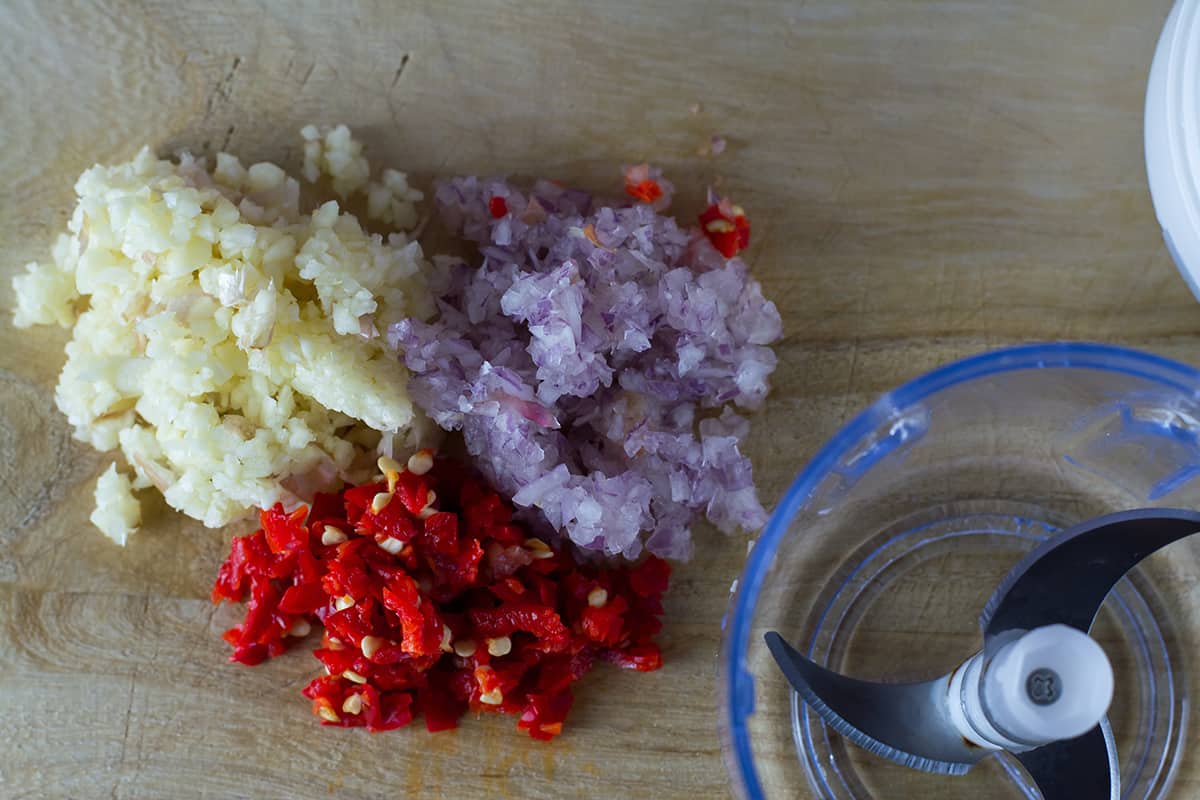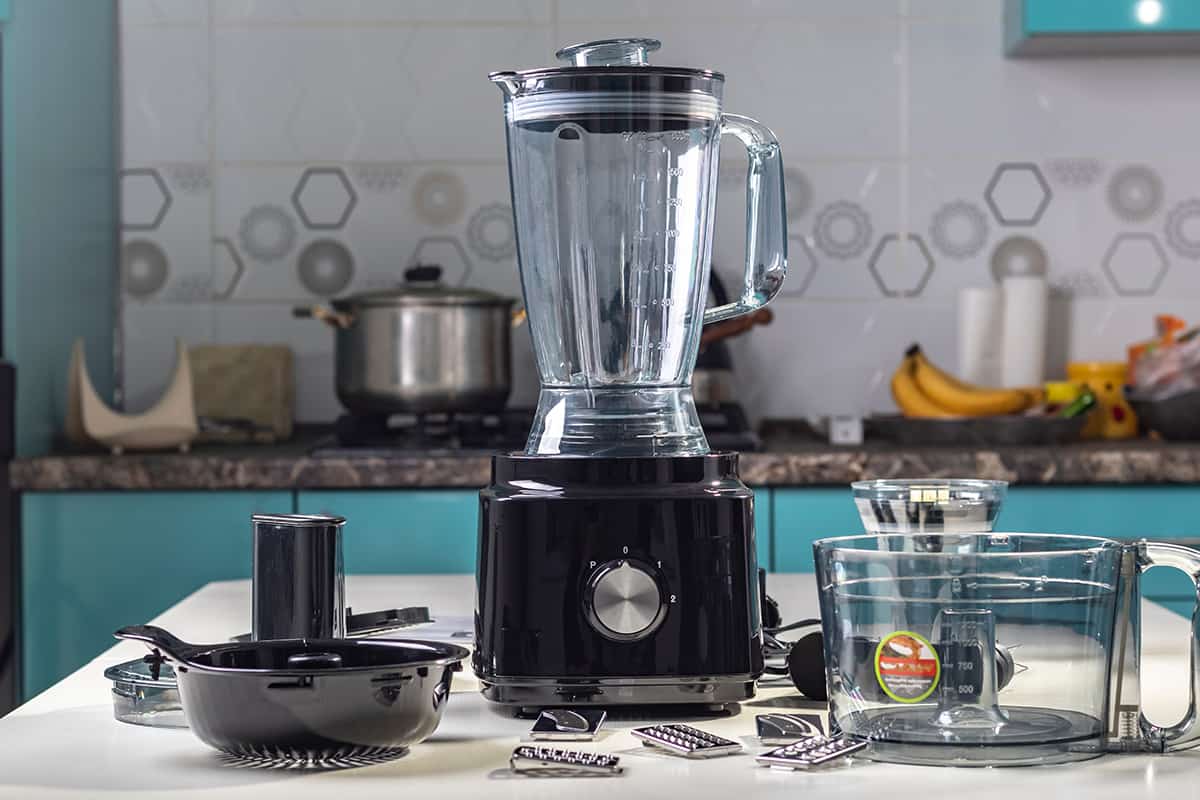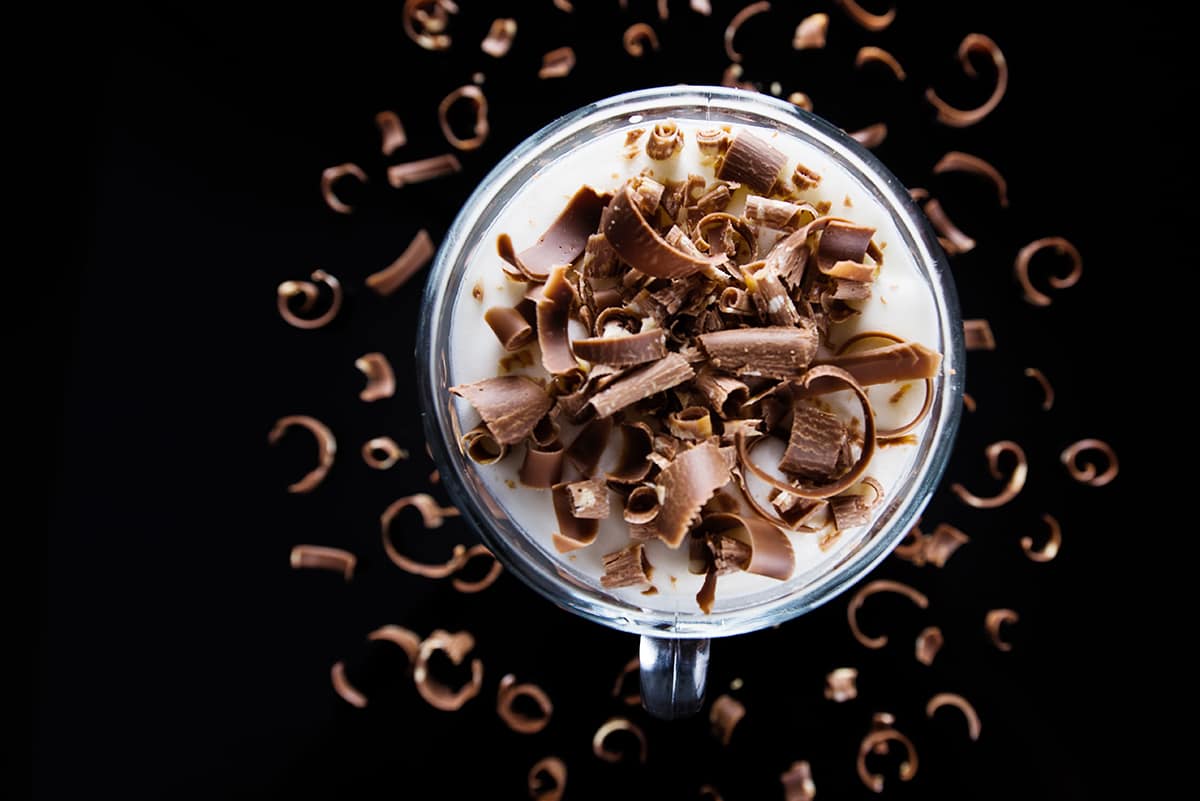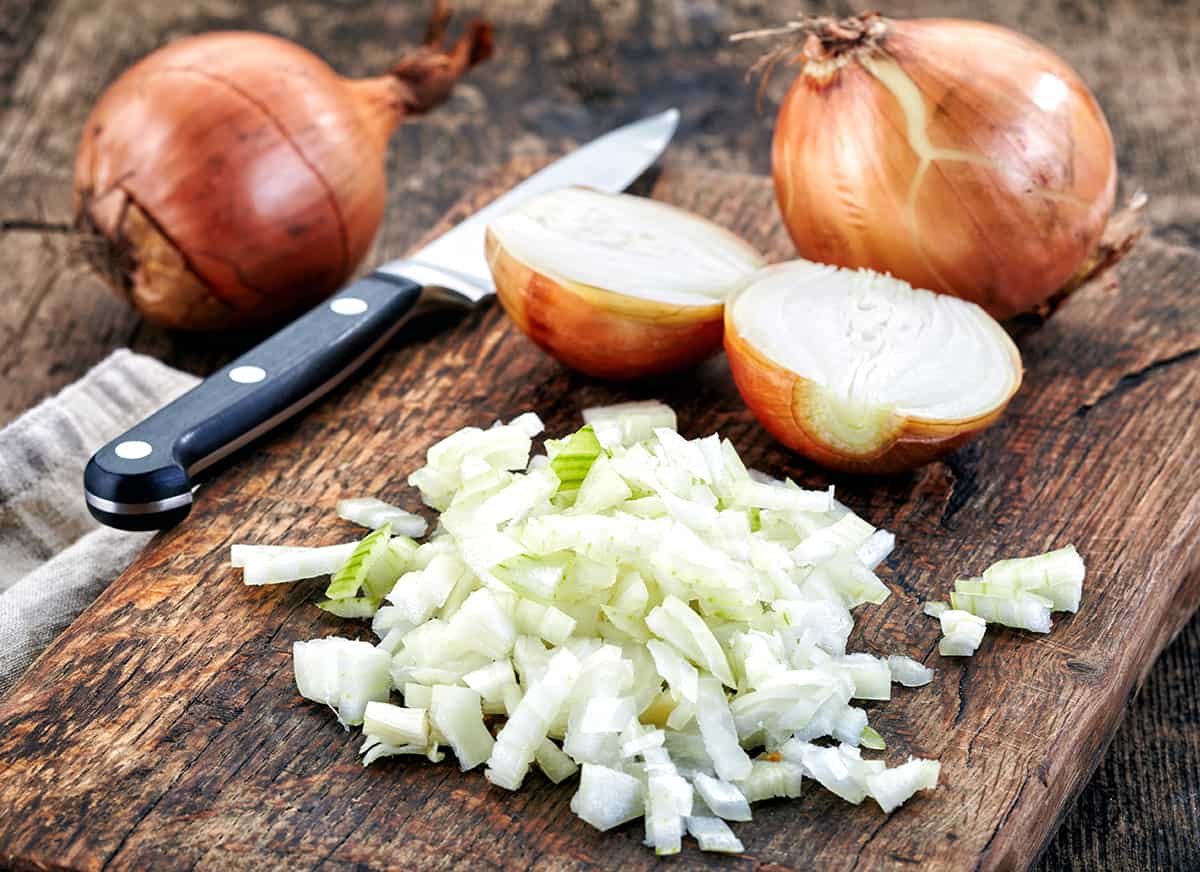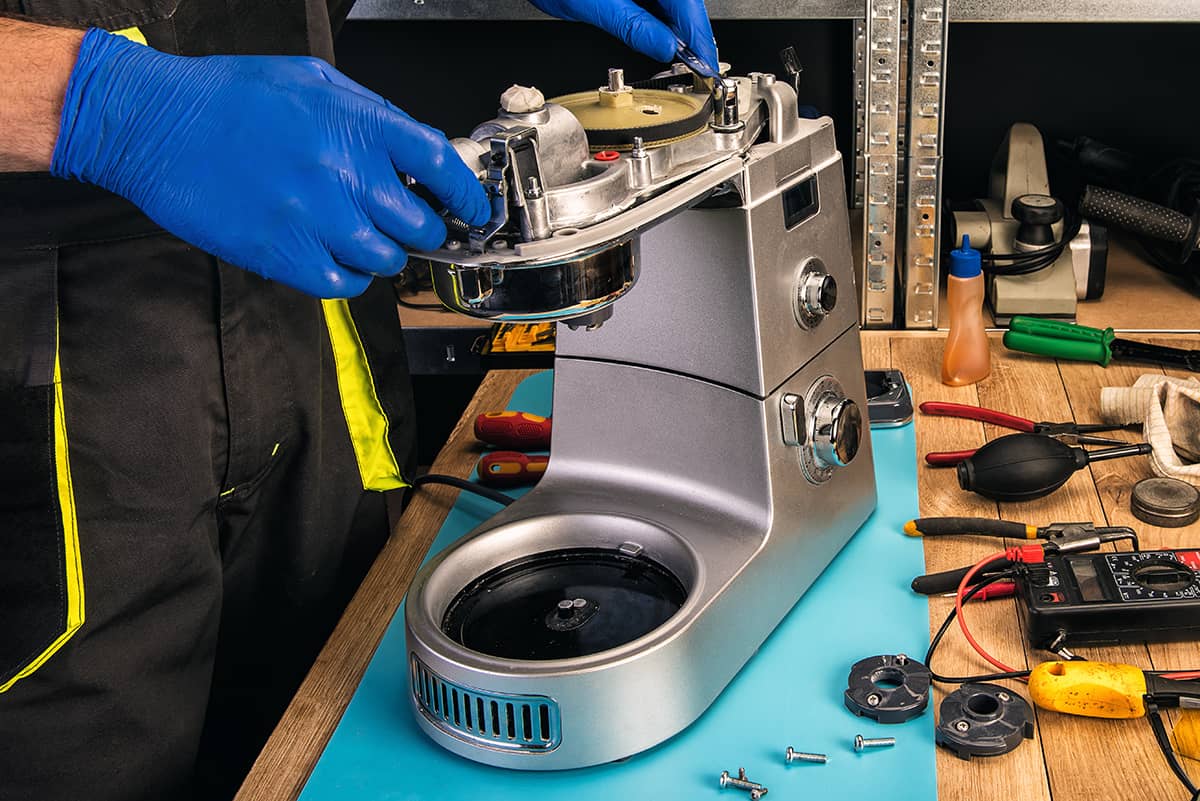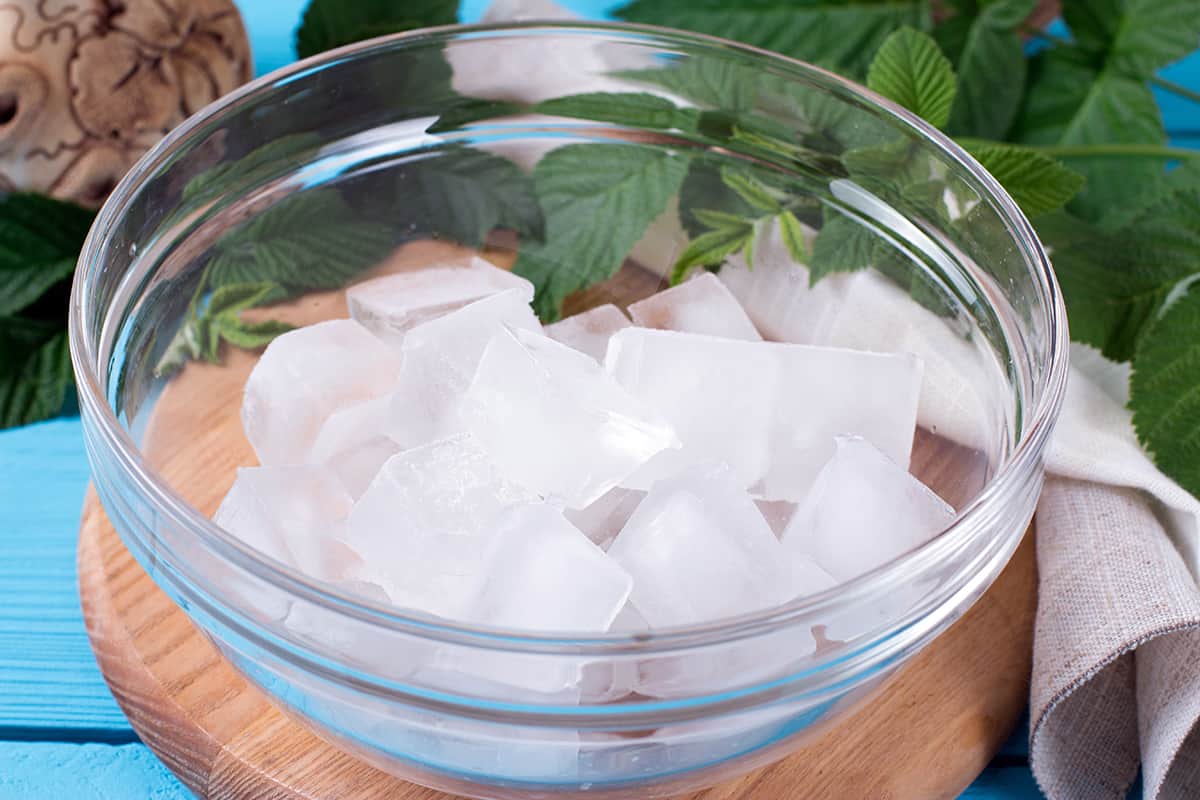A food processor serves several purposes – it can chop onions, dice potatoes, and shred cabbage and chocolate. But something a food processor isn’t known for is milling or grinding. So, is it possible to use a food processor as a spice grinder?
Yes, you can use a food processor to grind spices. The standard knife attachment isn’t usually used for grinding spices, but in a pinch, you can use a food processor as a spice grinder.
So, how do you grind spices in a food processor? Are there differences between food processors and blenders in terms of grinding spices? I’ll address these questions and more down below.
Can You Grind Spice in a Food Processor?
Using a food processor effectively is a 2-step process. Drop dry ingredients inside the bowl and hit the pulse button in 1- or 2-second increments until the ingredients are as finely chopped as you want. Of course, you can add liquid to the bowl to make salsas and smoothies, but that’s another story for another day.
The one question people ask about food processors is, can you grind spices in a food processor? The answer to this question is, yes, you can, but it depends on the food processor model.
A high-quality food processor with super-sharp blades and a beefy motor can cut through hard whole spices, such as peppercorns, without trouble. Cheaper models—i.e., choppers—are ill-equipped to handle such challenging tasks.
As a rule of thumb, if your food processor’s motor is at least 600W, then it should grind whole spices like a champ. Otherwise, leave spice grinding to other tools, which I’ll talk about later in this guide.
How to Grind Spices in a Food Processor
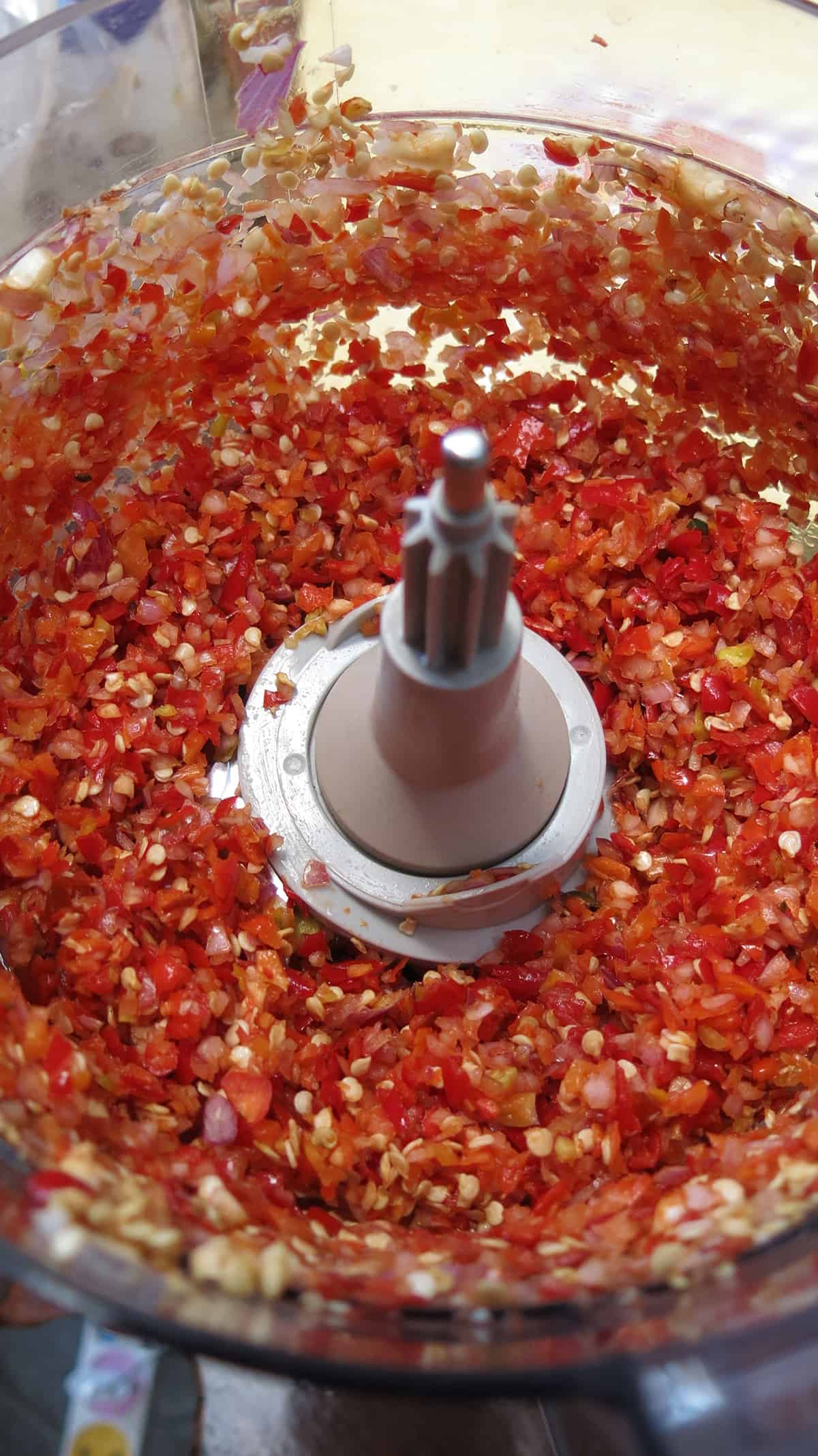
Assuming you have a high-quality food processor at home, here’s how you go about grinding spices in it:
Break large whole spices into tiny chunks
When working with large whole spices, like turmeric, you need to break them into tiny chunks. The smaller the pieces are, the easier the food processor’s blades will cut through and break them down. Smaller whole spices like peppercorns can be left as they are.
Allow the whole spice chunks to dry
Place the spice chunks on a baking sheet or a flat surface, and place it out in the sun. Moisture in the spices will work against the food processor’s blades, making it near impossible to break the spices down to small, uniform sizes. It can take anywhere from 24 to 48 hours for the whole spices to dehydrate. If you don’t have that time, you can pop the spice chunks into a food dehydrator.
Place the dried spices in the food processor bowl
After the spices have become thoroughly dehydrated, you can pop the chunks into the food processor’s bowl. You should fill the bowl about 1 or 2 inches high. Overcrowding the bowl will cause excessive strain on the blades and motor, which can overheat it and lead to breakdowns. So, whenever you work with hard ingredients like dehydrated spices, work in tiny batches.
Grind the spices until they’ve reached the desired consistency
Hit the on button and allow the blades to pulverize the spices until they’re reached the desired consistency. If you want chunkier spice bits, allow the food processor to run for less time. After every 10 seconds or so, shut the food processor off and scrape down the sides of the bowl before proceeding with the next 10 seconds of blending.
Strain the ground spices
When you’re down with one batch of spices, pass the powder through a strainer. Place the larger chunks back inside the food processor bowl, along with the next batch of spice chunks. Repeat the previous step you’re done.
Can I Make Spice Blends in a Food Processor?
Yes, you can. A food processor also works as a mixer. You can add different dry ingredients into the bowl, and the blades will combine the ingredients together. However, when working with spices, you should grind them separately from each other. Make sure to wash and dry the bowl when switching from grinding one spice to another.
The great thing about food processors and blenders is that the blades agitate the ingredients enough to distribute the individual particles evenly. That way, you don’t end up with large pockets of an individual spice in your spice blend.
Food Processor vs. Blender for Grinding Spices
Now, you’ve probably heard that it’s possible to grind spices in a blender. In fact, many people swear by their blenders when pulverizing spices to a fine powder. So, how does a food processor compare to a blender for grinding spices?
Surprisingly well, actually. In fact, blenders are mainly used for liquifying ingredients. The conical shape of the blender allows the ingredients to go up and down through a vortex, incorporating them into a liquid base. A food processor, on the other hand, is used for chopping, slicing, dicing, and grinding dry ingredients before mixing them together.
So, both appliances work equally well at grinding spices so that you can sub one out for the other. However, I’ve found that grinding spices in a blender takes a bit longer than it does in a food processor, but the grinding time may vary from blender to blender.
Other Tools for Grinding Spices
If you don’t have a food processor or a blender, not all hope is lost. Instead of resorting to purchasing pre-ground spices in the supermarket, you can grind your own spices using these alternatives. But just like how it is when using a food processor, you will need to dehydrate your whole spices before using any of the following tools.
Mortar and Pestle

A mortar and pestle is the traditional spice-grinding system. It consists of a bowl with a flat base and a rounded stick-like tool that you use to crush food items. This tool has been around since 35,000 BC, when the Ancient Egyptians would grind up various spices to come up with medicines and food blends. The best mortar and pestles for grinding spices will have tall walls that will prevent the whole spices from jumping out.
Spice Grinder
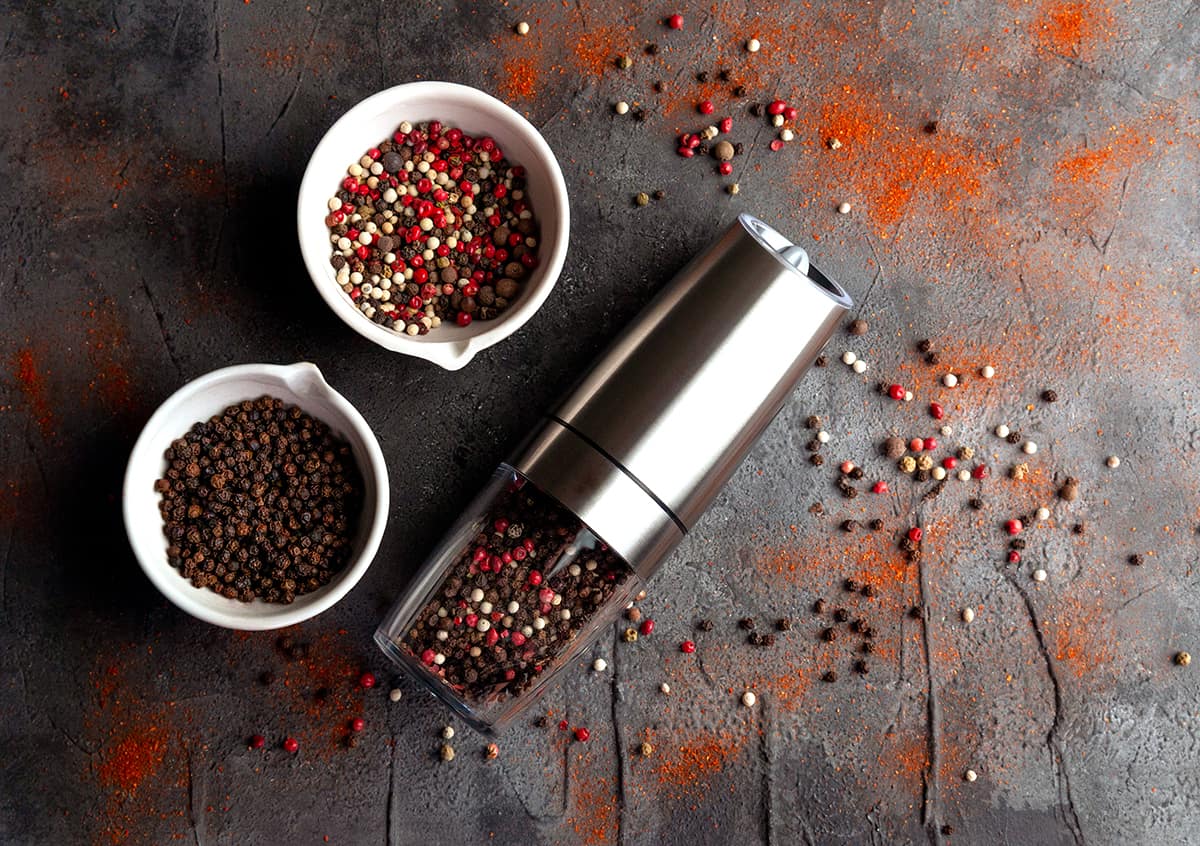
If you want to use a tool from this era, the best tool for grinding spices is, unsurprisingly, a spice grinder. These electric tools have a built-in cutter that automatically shaves off tiny bits of your whole spices. However, if you want to grind up large amounts of spices, you might need to recharge the spice grinder multiple times.
Coffee Grinder
When it comes to grinding spices, a coffee grinder works similarly to a spice grinder. It has an electric motor and built-in blade attachment that pulverizes dry ingredients into a fine powder.
Coffee grinders come in manual and electric models. Manual coffee grinders will have a crank that you turn to mill coffee beans or spices, while an electric coffee grinder does everything for you.
Pepper Mill
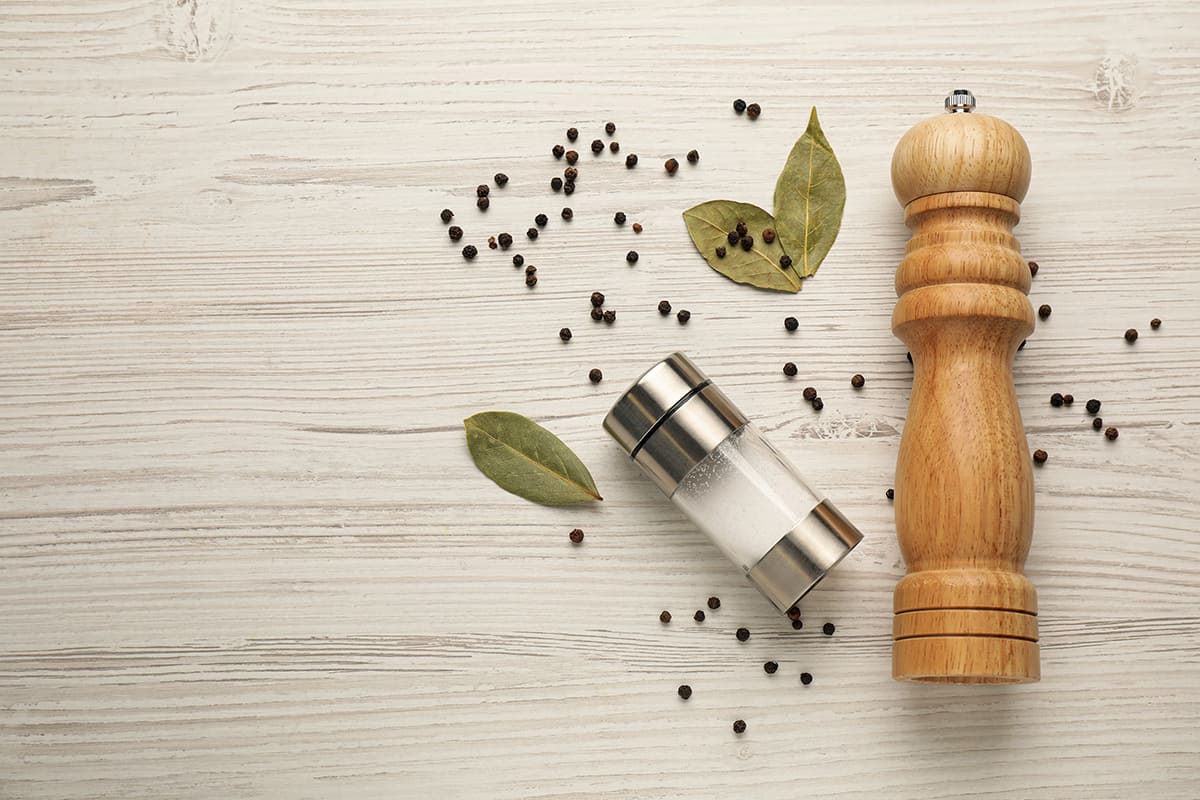
A pepper mill is a handheld tool that is used for grinding peppercorns and other tiny spices. This is the best tool for cracking black pepper at the dining table since it doesn’t produce a ton of noise. However, it won’t do you much good when grinding large spices like turmeric.
Microplane
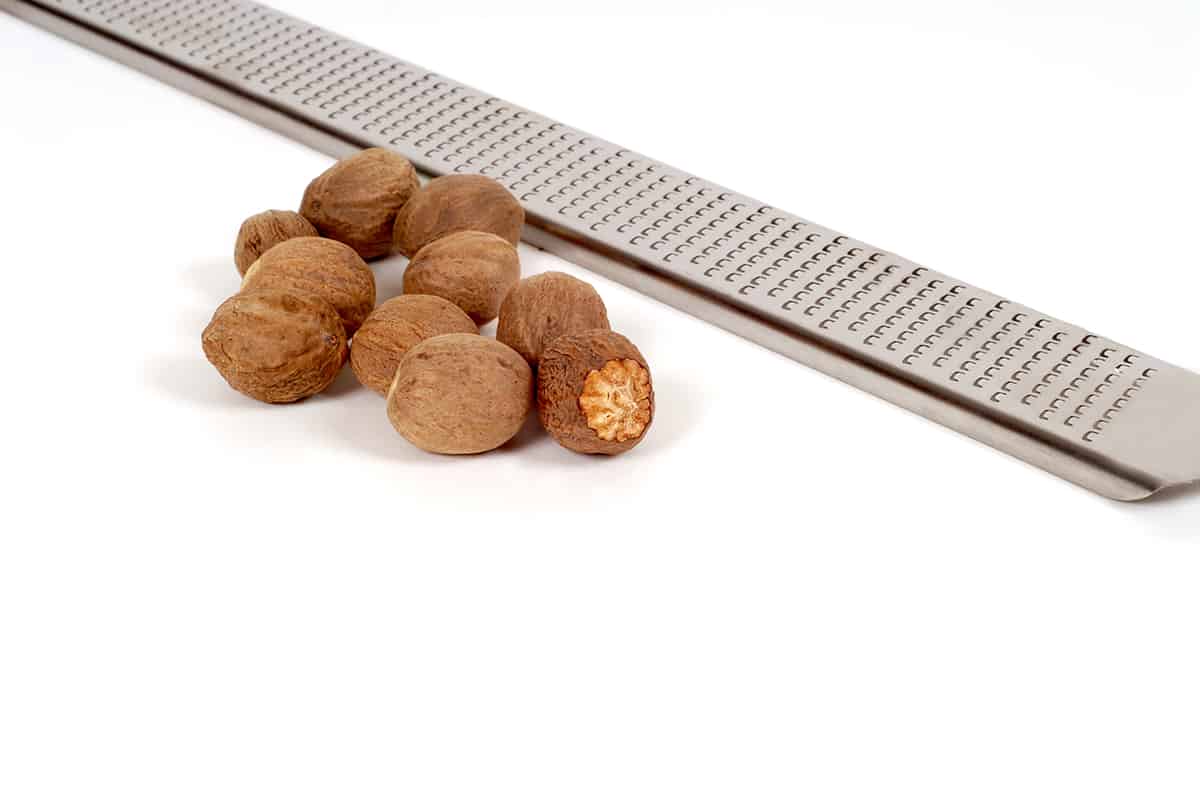
A microplane is usually used to shave nutmeg and citrus zest, as well as grate chocolate, but you can use them to grind spices, too. This is a handheld tool that comes with an ultra-fine grating side for removing small amounts from a food item. Microplanes are great for grinding large dry spices, such as ginger and turmeric, and peppers.
However, small whole spices, such as peppercorns, are nearly impossible to grind on a microplane without hurting your fingers. So, if you want freshly cracked black pepper, stick to using the previous tools instead.
